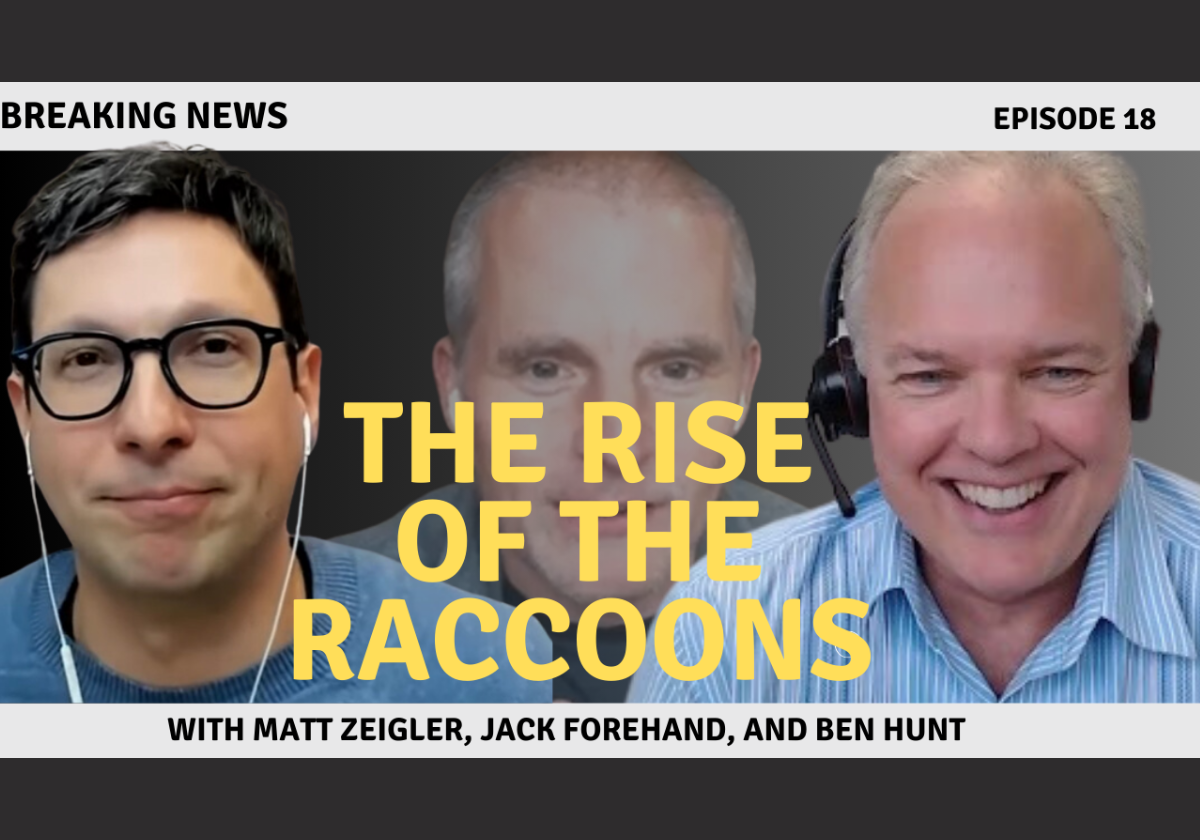An Experiment
To learn more about Epsilon Theory and be notified when we release new content sign up here. You’ll receive an email every week and your information will never be shared with anyone else.
Continue the discussion at the Epsilon Theory Forum
73 more replies
The Latest From Epsilon Theory
This commentary is being provided to you as general information only and should not be taken as investment advice. The opinions expressed in these materials represent the personal views of the author(s). It is not investment research or a research recommendation, as it does not constitute substantive research or analysis. Any action that you take as a result of information contained in this document is ultimately your responsibility. Epsilon Theory will not accept liability for any loss or damage, including without limitation to any loss of profit, which may arise directly or indirectly from use of or reliance on such information. Consult your investment advisor before making any investment decisions. It must be noted, that no one can accurately predict the future of the market with certainty or guarantee future investment performance. Past performance is not a guarantee of future results.
Statements in this communication are forward-looking statements. The forward-looking statements and other views expressed herein are as of the date of this publication. Actual future results or occurrences may differ significantly from those anticipated in any forward-looking statements, and there is no guarantee that any predictions will come to pass. The views expressed herein are subject to change at any time, due to numerous market and other factors. Epsilon Theory disclaims any obligation to update publicly or revise any forward-looking statements or views expressed herein. This information is neither an offer to sell nor a solicitation of any offer to buy any securities. This commentary has been prepared without regard to the individual financial circumstances and objectives of persons who receive it. Epsilon Theory recommends that investors independently evaluate particular investments and strategies, and encourages investors to seek the advice of a financial advisor. The appropriateness of a particular investment or strategy will depend on an investor’s individual circumstances and objectives.









Leave your guesses here, cowards!
Is 1968 the first year in the data series of whatever this is, or the first year in your reporting/analysis of whatever this is?
Not the first year in the data series, just the first one I care about for completely arbitrary reasons that seemed good to me.
First thought was # of countries with greater than or equal to x% of global GDP.
Got excited when I went here (https://www.investopedia.com/insights/worlds-top-economies/) and it looked like 5 countries had greater than 50% currently.
Downloaded data from the worldbank that goes back to 1960, and quick analysis says that the concentration of wealth has actually gone down from top 5 controlling >50% in the 60s to top 8 controlling >50% now. (8 does not match the 5 from the above linked website, obviously, but I assume this is directional. also, I’m sure there are issues with the data set that could be driving this… either way, I’ve spent too much time on it and this appears to be a dead end, so I’ll go back to work).
My other thought was something like # of companies in the DJIA that are in X sector.
of AAA companies?
Hmm… according to Rusty, what peaked in the late 60s / 70s and has gone downhill ever since? Have to go with “Songs that are Actually Good”
Data is discrete so not %, or dollars. Number of something but haven’t got a clue as to what. Couldn’t even guess without a clue. May have some relationship to recessions and dot com boom and bust.
Something to do with the consolidation in the spirits or beer market. Number of firms that make up x% of global sales —- I’m trying to play the player here
The shape looks a lot like - but isn’t - US military spending as a % of GDP. It’s also shaped like federal minimum wage in constant dollars. But it isn’t. Being a discrete set, I am going to guess: number of “major” US military contractors. (say, defence revenue of over x, maybe $10B in current dollars). The current 5 being Lockheed, Boeing, Raytheon, GD, and Northrop. And now we have Raytheon-UTI.
How many companies make up half of the Sp500 Tech sector?